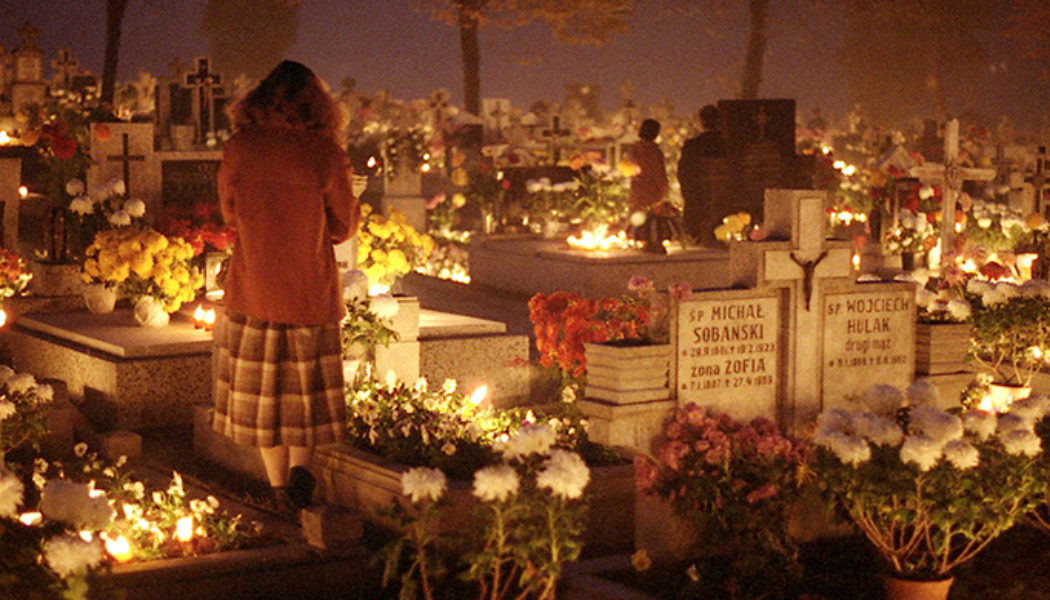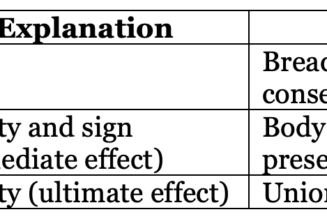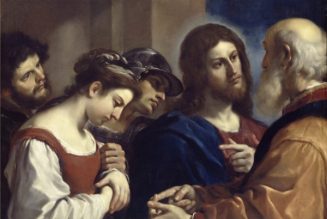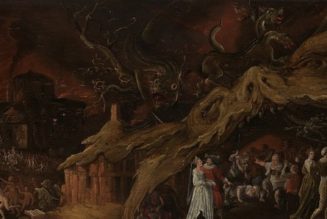Halloween is increasingly being stripped of its Catholic essence worldwide — except in Poland, where traditions remembering the saints in heaven and faithful departed in purgatory are carried on with devotion.
“The voice of the people is the voice of God,” says a Polish proverb, which could be quite rightly used on the eve of two days of celebrations surrounding the saints and the departed souls.
It is indeed the voice of God that millions of Poles seek to embody by filling their streets, squares and cemeteries to honor the memory of their ancestors and celebrate the promise of eternal life in Christ.
Events in cities throughout Poland Oct. 31 will reaffirm the Christian identity of All Saints’ Eve. HolyWin, a movement that began in Europe in the early 2000s, was born as a reaction to the morbid, secular version of Halloween that originated in the U.S. and has spread worldwide.
“Halloween was taking up more and more space and children were asking questions, so the parishes and schools have started proposing alternatives,” Grzegorz Bartosik, a professor of Mariology at the Cardinal Stefan Wyszyński University in Warsaw, told the Register.
It is in the framework of this European movement that events like the All Saints’ Ball — during which children dress up like saints of their choosing and parade through the streets — have emerged and spread in the country, especially in the big cities, more easily prone to foreign fashions.
These initiatives are intended to guard young people against the pervasive influence of the culture of death, by encouraging them instead to follow the path of the saints.
Every Halloween, St. Maximilian Kolbe’s monastery of Niepokalanów in Teresin, where Grzegorz Bartosik lives, hosts a prayer vigil in the presence of the relics of saints like St. Anthony of Padua and (of course) St. Maximilian Kolbe, which are placed on the altar of the chapel as the faithful pray the Rosary.
“In Poland, there is the idea that Halloween is contrary to the respect for the dead and their memory,” patrologist Józef Naumowicz told the Register. “This celebration has nothing to do with the atmosphere that reigns in the cemeteries on Nov. 1.”
Under the Communist regime, All Souls’ Day — usually celebrated Nov. 2 in the liturgical calendar — replaced the Feast of All Saints for obvious ideological reasons. Since then, the Poles have continued to commemorate their faithful departed on All Saints’ Day, which is a public holiday in the country (Nov. 2 is not), and to continue the celebrations the day after.
According to tradition, families go together in cemeteries with lanterns and flowers during the day and put them on the graves, after having cleaned them the week before.
“At nightfall, it is a real spectacle that unfolds under inhabitants and passersby’s eyes as we see the illuminated cemeteries from far away,” Naumowicz said.
Celebrating Life
The popular sentiment surrounding the commemoration of the saints and the dead in the country runs so deep that even the Communist regime couldn’t eradicate it. Indeed, if the commitment to tradition is so deeply rooted in Polish society, it is also for historical reasons. The tribulations the Poles experienced over the past centuries as the country underwent a long series of invasions, wars and religious persecutions, have instilled a profound sense of the sanctity of life in the people’s minds and a high awareness of their collective identity.
“It is difficult to put words on the causes of our very nature as a people. It is something engraved inside us. Respect for traditions and for our ancestors is part of us,” Naumowicz said.
For Polish Catholics, the relation to death itself is determined by such a conception of life. As Naumowicz mentions, the relation to death, especially in small towns and villages, has remained unchanged over the centuries. “We don’t get rid of the dead. We keep them at home for two or three days and take time to say goodbye. We pray,” he said, highlighting the fact that families never hesitate to bring children and babies to cemeteries. “Celebrating family bonds by gathering all generations in a cemetery once a year is also a way to celebrate the victory of life over death.”
It is the same spirit of respect for the nation’s ancestors that leads the families filling the cemeteries to ensure that no tomb is forgotten. Children have the habit of laying flowers on the unknown graves, as well as those of important historical figures.
Mass is usually celebrated in the cemetery’s chapel and is followed by a procession, during which hundreds or even thousands of names of the dead are read over the course of several hours.
“The All Saints’ Day custom is deeply rooted in our society and there is no need to encourage people to come, as they are devoted to this practice,” Father Zbigniew Stefaniak, a priest of the diocese of Grójec (25 miles south of Warsaw), told the Register. Such a tradition represents for him a fruitful opportunity for evangelization. “Many people who usually don’t attend Mass will participate in this event and it is a marvelous occasion to proclaim the Gospel,” he said. “As Catholics, we should take advantage of this tradition and make it deeper by giving people more theology, in order not to lose what we were able to maintain over time.”
In a press release, the spokesman of the Polish Bishops’ Conference Fr. Paweł Rytel-Andrianik, reminded Catholics worldwide that they could “gain a plenary indulgence for ourselves or for the deceased person” when visiting a cemetery Nov. 1-8. The indulgence is subject to the usual conditions — the faithful must be in the state of grace, have sacramentally confessed their sins, receive Holy Communion and pray for the intentions of the pope. Father Rytel-Andrianik also invited the participants in the celebrations to share their pictures and stories on the social media using the hashtag #Zaduszki (“All Souls”).
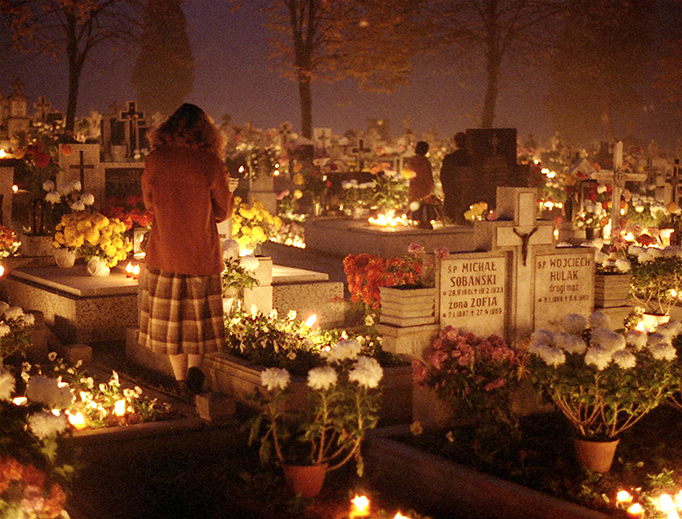
Join Our Telegram Group : Salvation & Prosperity
